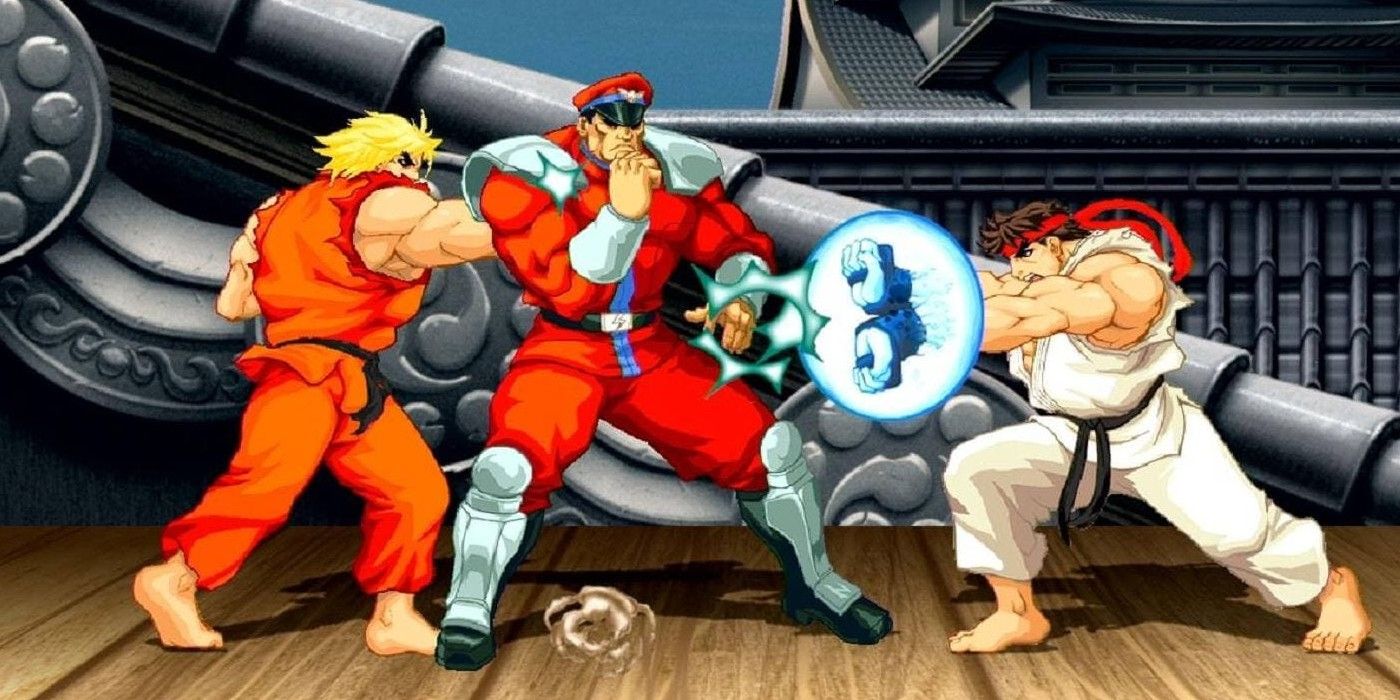
How Street Fighter Set the Gold Standard for Fighting Games
Since its inception in 1987, the Street Fighter franchise has become synonymous with the fighting game genre, positively influencing countless titles that followed. Its innovative gameplay mechanics, memorable characters, and detailed world-building have set the gold standard for what fighting games can be. As players continue to engage with its rich history, the Street Fighter brand has expanded its reach beyond games, establishing merchandise collections like the Street Fighter Store, which celebrates its iconic legacy in various forms.
The Birth of a Gaming Legend
Street Fighter began as an arcade game created by Capcom, where players could select from a roster of unique fighters each with their own special moves. This was revolutionary at the time, shifting the gaming experience from a monotonous battle against a computer to competitive play against friends. The 1991 release of Street Fighter II took the fighting genre to new heights with its fast-paced gameplay and fluid mechanics, introducing combos and strategy that would be critical to the competitive scene. This title not only solidified Street Fighter as a franchise but also birthed the fighting game community as we know it today.
Character Diversity and Development
One of the standout features of the Street Fighter series is the colorful and diverse cast of characters. Each fighter has a unique backstory, culture, and fighting style, ranging from Asia's martial artists to the muscular behemoths of the West. Characters like Ryu, Chun-Li, and Ken became household names, symbolizing not just the game but the culture of gaming itself. This deep character development inspired other franchises to create equally rich narratives, further elevating the genre. The characters' enduring popularity even led to the creation of the Street Fighter Store, which offers a variety of merchandise, allowing fans to own a piece of their beloved fighters.
Innovative Gameplay Mechanics
Street Fighter’s focus on skill-based gameplay has redefined the expectations of fighting games. The introduction of techniques such as combo systems, special moves, and super moves has allowed players to develop their strategies and refine their skills over time. The importance of timing, spacing, and predicting opponents' actions turned Street Fighter into more than just a game of button mashing; it became a test of mental acuity and reaction time. This complexity challenges players to continuously improve, leading to notable tournaments and events that further highlight the skill involved, reminiscent of high-stakes sports leagues.
A Cultural Phenomenon
Over the years, Street Fighter has grown to be more than just a gaming franchise; it has become a cultural phenomenon. It has inspired animated series, films, and comics, establishing a narrative that transcends its original medium. The iconic “Hadouken” motion and sound effects have seeped into general pop culture, making it recognizable even outside the gaming community. Additionally, the Street Fighter Store has played a significant role in this cultural expansion, offering fans a chance to engage with the franchise through collectibles, clothing, and more, bridging the gap between gaming and lifestyle.
Conclusion: The Lasting Legacy
The legacy of Street Fighter is undeniable; it has paved the way for future fighting games with its innovative gameplay, character diversity, and cultural influence. Other franchises have attempted to replicate its success, but few have managed to do so with the same level of impact. As the gaming landscape continues to evolve, Street Fighter remains a benchmark for developers seeking to create engaging and competitive fighting games. With ongoing updates, new character releases, and a thriving community, it is clear that the influence of Street Fighter will continue to resonate for years to come.
